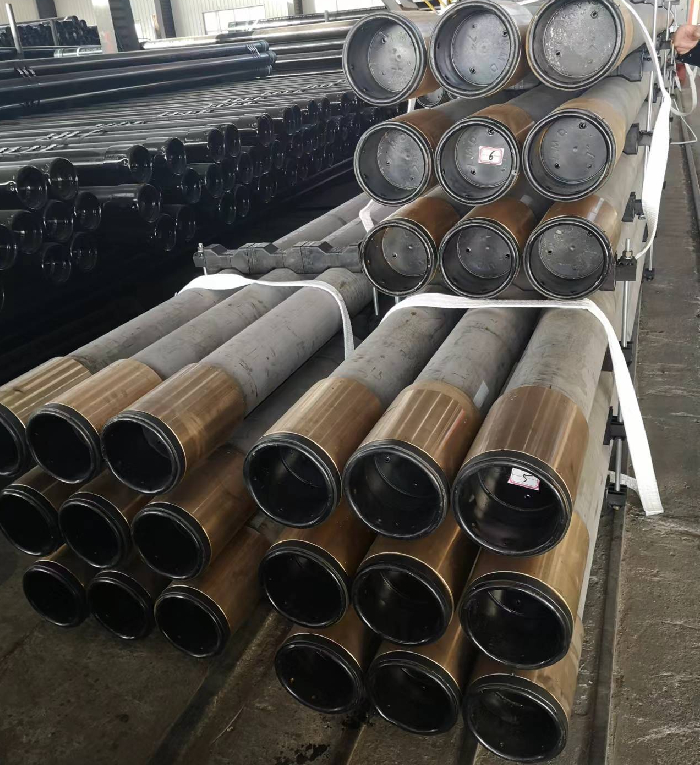- Afrikaans
- Albanian
- Amharic
- Arabic
- Armenian
- Azerbaijani
- Basque
- Belarusian
- Bengali
- Bosnian
- Bulgarian
- Catalan
- Cebuano
- Corsican
- Croatian
- Czech
- Danish
- Dutch
- English
- Esperanto
- Estonian
- Finnish
- French
- Frisian
- Galician
- Georgian
- German
- Greek
- Gujarati
- Haitian Creole
- hausa
- hawaiian
- Hebrew
- Hindi
- Miao
- Hungarian
- Icelandic
- igbo
- Indonesian
- irish
- Italian
- Japanese
- Javanese
- Kannada
- kazakh
- Khmer
- Rwandese
- Korean
- Kurdish
- Kyrgyz
- Lao
- Latin
- Latvian
- Lithuanian
- Luxembourgish
- Macedonian
- Malgashi
- Malay
- Malayalam
- Maltese
- Maori
- Marathi
- Mongolian
- Myanmar
- Nepali
- Norwegian
- Norwegian
- Occitan
- Pashto
- Persian
- Polish
- Portuguese
- Punjabi
- Romanian
- Russian
- Samoan
- Scottish Gaelic
- Serbian
- Sesotho
- Shona
- Sindhi
- Sinhala
- Slovak
- Slovenian
- Somali
- Spanish
- Sundanese
- Swahili
- Swedish
- Tagalog
- Tajik
- Tamil
- Tatar
- Telugu
- Thai
- Turkish
- Turkmen
- Ukrainian
- Urdu
- Uighur
- Uzbek
- Vietnamese
- Welsh
- Bantu
- Yiddish
- Yoruba
- Zulu
tubing crossover
Understanding Tubing Crossover Key Concepts and Applications
Tubing crossover is a vital aspect in the oil and gas industry, particularly in well construction and maintenance. This process involves the transition of one type of tubing or casing to another, facilitating efficient operation in drilling, completion, and production activities. This article aims to delve into the intricacies of tubing crossover, its significance, and how it impacts various aspects of the oil and gas sector.
At its core, tubing crossover is concerned with the seamless interchange of different types of pipes that are used within a wellbore. These pipes can vary in diameter, material, and mechanical properties depending on the specific requirements of the well. For instance, in unconventional reservoirs, operators often use larger diameters to allow for enhanced flow rates, while in deeper wells, more robust materials may be necessary to withstand higher pressures and temperatures.
One of the primary reasons for implementing a tubing crossover is to ensure that the well can accommodate varying pressures and fluid compositions found at different depths. For example, a well may begin with a certain type of tubing that is efficient for shallow depths. However, as drilling progresses deeper into the earth, the pressure increases significantly. At this stage, operators may need to switch to stronger tubing that can handle the higher pressures encountered below the surface. This transition is known as a crossover and is crucial for maintaining the integrity of the well.
tubing crossover

The careful design of tubing crossover systems also greatly influences the overall safety of oil and gas operations. A poorly executed crossover can lead to equipment failure, which, in turn, poses risks to both personnel and the environment. Consequently, industry standards and practices have been developed to ensure that tubing crossovers are performed correctly. These guidelines outline specifications for materials, dimensions, and installation techniques to promote safe and efficient operations.
Furthermore, tubing crossover has implications beyond just safety. It also affects the efficiency and productivity of oil extraction. A well-designed crossover can minimize turbulence and resistance to fluid flow, optimizing the movement of hydrocarbons from the reservoir to the surface. This becomes particularly important in modern horizontal drilling techniques, where maintaining consistent flow rates is essential for maximizing output.
Another significant aspect of tubing crossover relates to maintenance operations. As wells age, they may require interventions to replace or repair sections of tubing. An effective crossover allows for easier installation of new tubing and equipment without necessitating a complete wellbore overhaul. This not only reduces costs but also minimizes downtime, allowing for continued production even during maintenance.
In conclusion, tubing crossover plays an essential role in the oil and gas industry, enabling operators to adapt to varying geological conditions while ensuring safety, efficiency, and productivity. As technology continues to evolve and more complex wells are developed, the importance of understanding and implementing proper tubing crossover techniques will only increase. Operators must invest in training and technology to ensure that their teams are well-equipped to handle the challenges associated with tubing transitions, ultimately leading to successful and sustainable oil and gas operations.
-
Tubing Pup Joints: Essential Components for Oil and Gas OperationsNewsJul.10,2025
-
Pup Joints: Essential Components for Reliable Drilling OperationsNewsJul.10,2025
-
Pipe Couplings: Connecting Your World EfficientlyNewsJul.10,2025
-
Mastering Oilfield Operations with Quality Tubing and CasingNewsJul.10,2025
-
High-Quality Casing Couplings for Every NeedNewsJul.10,2025
-
Boost Your Drilling Efficiency with Premium Crossover Tools & Seating NipplesNewsJul.10,2025







